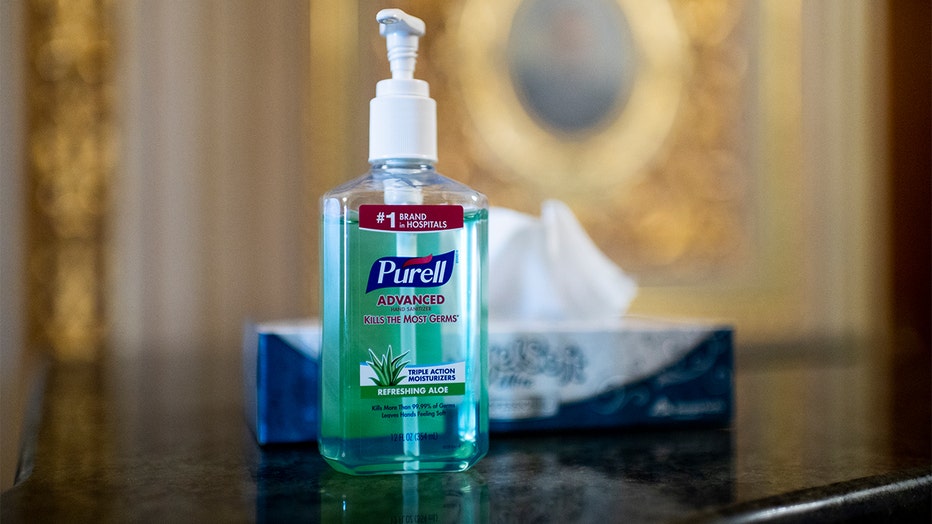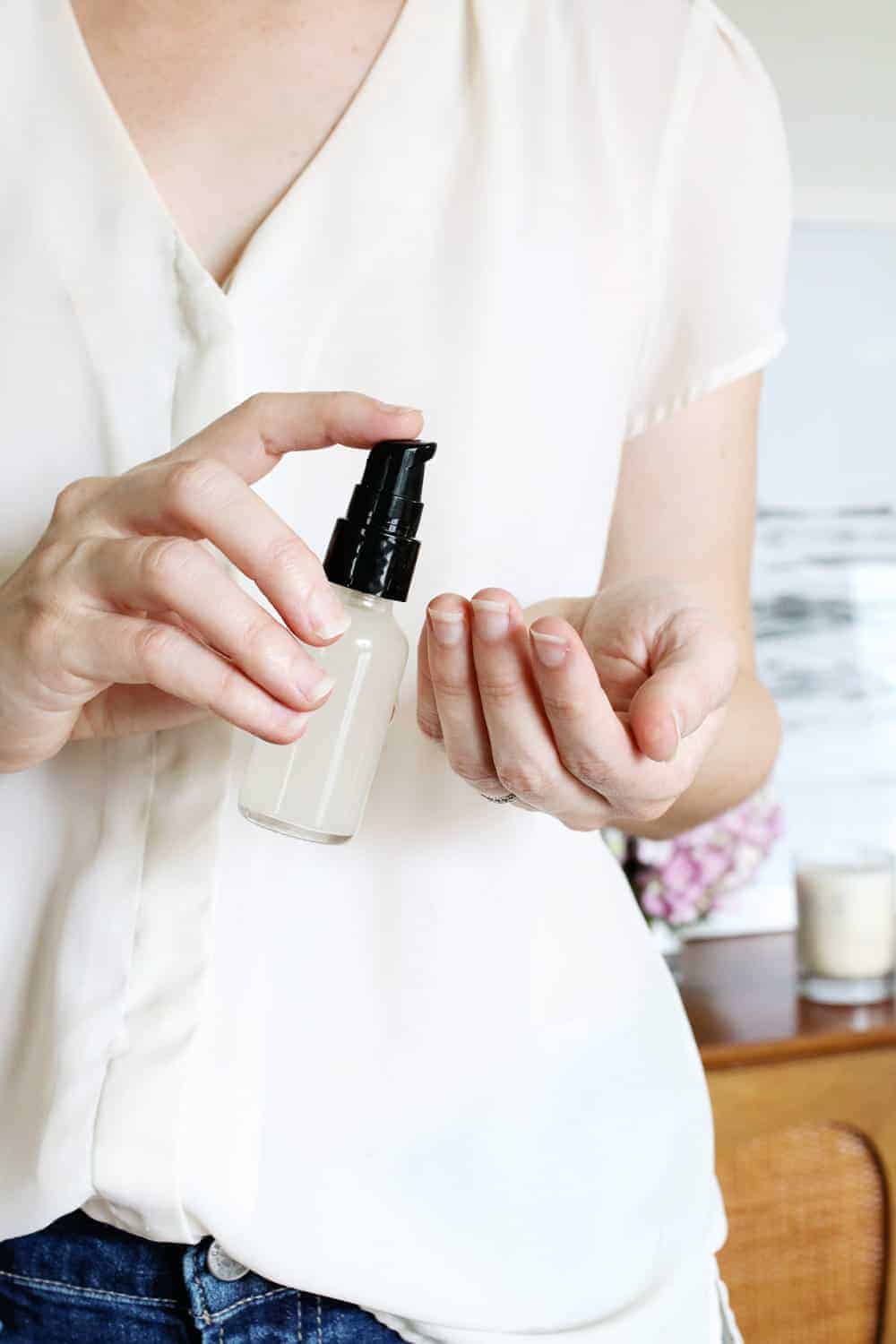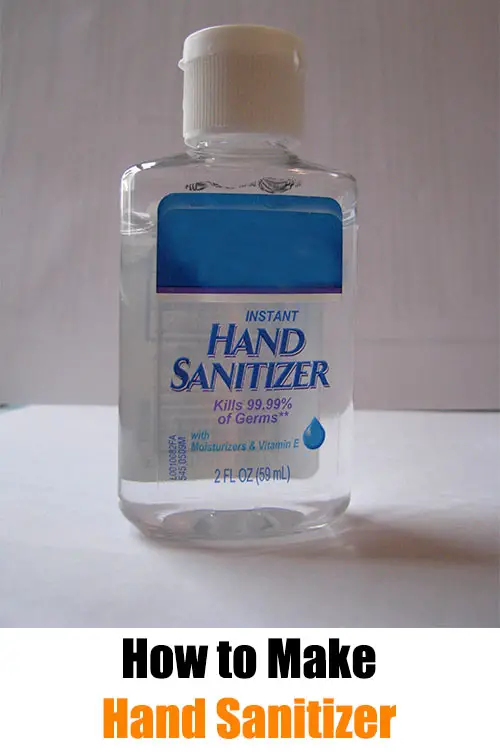Table of Content
Keep reading to learn more about making hand sanitizer at home, including risks, safety, and official recommendations. Pour the ingredients into the bowl and use the spoon to mix them together well. This is because people may not be able to make home-made hand sanitizers correctly, and they could be ineffective against killing microbes. The review also reports that a study on hand sanitizers containing 85% ethanol showed a significant increase in reducing bacteria compared to concentrations of 60–62% ethanol.

For health care settings, like hospitals and clinics, optimum alcohol concentration to kill bacteria is 70% to 95%. Products with alcohol concentrations as low as 40% are available in American stores, according to researchers at East Tennessee State University. It is also a homemade hand sanitizer without alcohol. To understand the benefits of homemade hand sanitizer, let us first look at the limitations of the store-bought ones. Take note that if your hands are extremely dirty or greasy, it is not advisable to use hand sanitizers. You must get hold of a soap and sink to clean your hands.
Recommended from Medium
Pour the rubbing alcohol and aloe vera in a bowl and stir until completely blended. The aloe vera will add thickness and moisturize your skin. Essential oils will help mask the smell of alcohol.

It is also less effective if people do not let it dry properly on their hands. Additionally, people may also not use large enough quantities of hand sanitizer for it to be effective. Use of alcohol-based hand gels dries skin less, leaving more moisture in the epidermis, than hand washing with antiseptic/antimicrobial soap and water.
Steps in Making Hand Gel Sanitizer
These best hand sanitizer recipes will show you how easy it is to make hand sanitizer gel and spray. It's a quick DIY project that uses just a few ingredients to make a great smelling and feeling hand sanitizer. You'll also be able to make it for a fraction of the price of ones you'd buy at the store and add to your collection of natural cleaners. Do not use homemade hand sanitizers except in extreme situations in which hand washing is not available for the foreseeable future. These hand sanitizer recipes can be created with potent essential oils and a few other ingredients right at home.

With the global spread of SARS-CoV-2, some grocery stores and pharmacies may have limited supplies of alcohol-based hand sanitizers. This means people may try to make hand sanitizer at home. Since the smell of the tea tree oil is already strong, go easy on the added essential oils. Five or so drops should be enough, but if you want to add more, stir it in one drop at a time.
Homemade hand sanitizer gel recipe
With just two ingredients, you can make a DIY gel hand sanitizer that you can keep everywhere. Rationale and considerations for chlorine use in infection control for non-U.S. CDC statement for healthcare personnel on hand hygiene during the response to the international emergence of COVID-19. Hand sanitizers are not as effective as hand washing but can be an alternative in certain situations. Making hand sanitizer at home is not recommended because most people do not have the appropriate ingredients or tools to make it according to the WHO recommendations. Hand sanitizers may not be as effective as soap and water at reducing the number of germs, pesticides, and metals on the hand.

The chemicals required to make them may cause skin irritation, injury, or burns. It's less expensive than store-bought, and it appears very easy to make. Discover how to make non-chemical, and of course, fragrant, DIY hand sanitizer. Getting hand sanitizer in your eye can cause sharp pain, swelling, and damage to the outer layer of your eye called the cornea. Our experts continually monitor the health and wellness space, and we update our articles when new information becomes available.
Alcohol-based hand sanitizer has been commonly used in Europe since at least the 1980s. The alcohol-based version is on the World Health Organization's List of Essential Medicines. We adults often need a stronger defense or sanitizer. There are ways to make the natural hand sanitizers more effective, without destroying the skin. Even if a lot of breweries and distilleries are putting the effort into manufacturing hand sanitizers, it would take a long time before you get a hold of these products.

To use hand sanitizer effectively, squeeze out enough to cover the full surface of your hands. Continue to rub your hands together until they are dry, which takes about 20 seconds. The doctors used homemade hand sanitizer in their offices, and reserved commercially-made hand sanitizer for interactions with patients.
This activity may be demonstrated by sampling a site several minutes or hours after application and demonstrating bacterial antimicrobial effectiveness when compared with a baseline level. Alcohol-based hand sanitizer is more convenient compared to hand washing with soap and water in most situations in the healthcare setting. Among healthcare workers, it is generally more effective for hand antisepsis, and better tolerated than soap and water. Hand washing should still be carried out if contamination can be seen or following the use of the toilet.
To get one cup of sanitizer, combine ⅓ cup of gel or glycerin with ⅔ cup of rubbing alcohol. However, the hand sanitizer you can buy in stores must undergo more rigorous testing to ensure a 60% alcohol content throughout the mixture, so commercial products are likely your safest option. Moreover, health and regulatory authorities have also discovered many fake products misrepresented and sold as alcohol hand sanitizers. These may contain harmful chemicals that can trigger adverse reactions like skin irritation and nausea. We’re living in an era where everyone is more anxious than ever about limiting the spread of viruses and germs. This means the demand for hand sanitizer has skyrocketed and will remain sky-high for the foreseeable future.
I’m not trying to buy out my local Target’s assortment of hand sanitizers. I personally just like to always have some on hand. And, in light of the coronavirus COVID-19 outbreak, I think it’s important to be prepared.

It is important to note that the safe preparation of hand sanitizers is feasible only for government authorized and regulated facilities with industrial-grade equipment. You should only make sanitizers at home if it is urgent and you cannot find a safe source anywhere else. If you want to avoid using rubbing alcohol, switch it out for witch hazel instead! But please note my comment above about why you might want to use alcohol in this recipe. The Spruce uses only high-quality sources, including peer-reviewed studies, to support the facts within our articles.
Flawless: Skin Deep
The general use of non-alcohol-based hand sanitizers is not recommended. Consumer alcohol-based hand sanitizers, and health care "hand alcohol" or "alcohol hand antiseptic agents" exist in liquid, foam, and easy-flowing gel formulations. Products with 60% to 95% alcohol by volume are effective antiseptics. Lower or higher concentrations are less effective; most products contain between 60% and 80% alcohol.

No comments:
Post a Comment